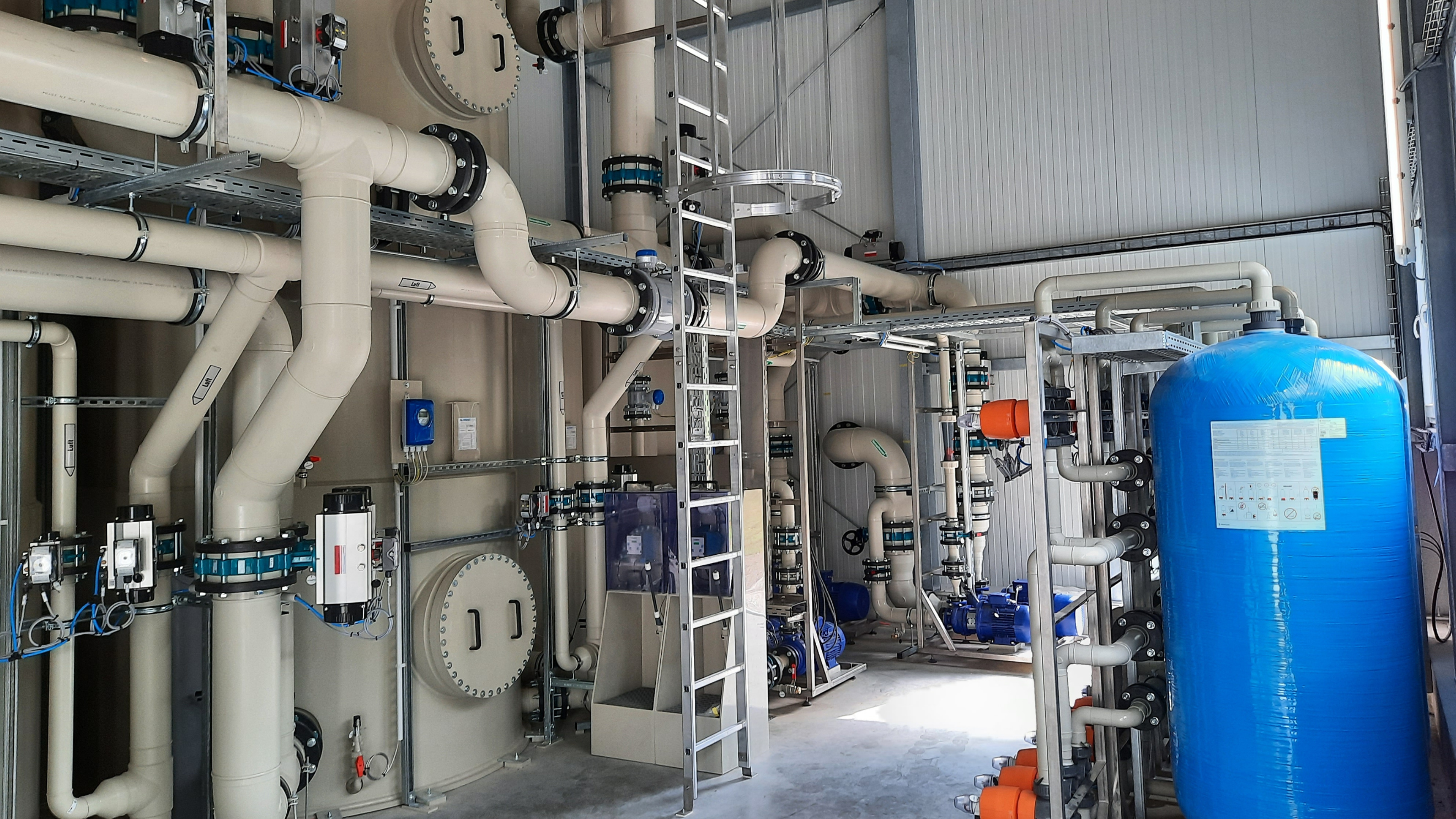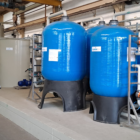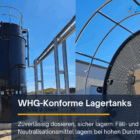The biochemical oxygen demand (BOD5) is one of the most important parameters in water and wastewater technology. It indicates the amount of oxygen required by microorganisms to break down the biodegradable organic substances in a water sample within five days under standardized conditions. BOD5 is a key parameter for assessing the organic load of wastewater and serves as an indicator of the efficiency of biological purification processes.
Table of contents
Technical background
Basics of the BSB5
- Definition: BOD5 describes the oxygen consumption caused by the microbial decomposition of organic substances in a water sample within five days at a constant temperature of 20 °C.
- Unit: mg O₂/L (milligrams of oxygen per liter).
- Principle: Microorganisms oxidize the organic substances in the sample to carbon dioxide (CO₂) and water (H₂O), consuming oxygen in the process. This consumption is measured.
Significance of the BOD5
- Evaluation of the organic load: The BOD5 provides information on the quantity of biodegradable substances in the water.
- Monitoring wastewater quality: BOD5 is used to check compliance with legal limits before wastewater is discharged into bodies of water.
- Efficiency of biological treatment processes: The BOD5 is used to evaluate the performance of biological wastewater treatment plants such as activated sludge processes or biofiltration.
Measuring method
BOD5 is measured according to standardized procedures:
- Trial preparation:
- The water sample is diluted if necessary to keep the oxygen consumption within a measurable range.
- Enrichment with microorganisms:
- If necessary, the sample is inoculated with active sludge or other microorganisms.
- Measurement of the oxygen content:
- The oxygen content is measured at the beginning and after five days in an airtight container in the dark at a constant temperature.
- Calculation of the BOD5:
- The difference between the oxygen content at the beginning and at the end of the five days is the BOD5 value.
Areas of application
1. industrial wastewater treatment
- Application: The BOD5 is used in industrial wastewater treatment to assess the organic load, e.g. in the food, chemical or paper industry.
- Relevance:
- Pre-treatment: Decide whether physical-chemical pre-treatment is required.
- Biological treatment: Optimization of activated sludge processes or anaerobic processes.
2. monitoring of water quality
- Objective: To ensure that the discharge of wastewater does not lead to the eutrophication of water bodies.
- Anforderungen: Die BSB5-Werte müssen innerhalb der gesetzlichen Einleitgrenzwerte liegen (typisch: < 20 mg O₂/L).
3. management of wastewater facilities
- Process control: The BOD5 is used to monitor and control biological treatment stages in order to optimize the degradation performance of the microorganisms.
- Comparison of raw and treated wastewater: Determination of the purification performance (BOD5 degradation rate).

Photo: BOD5 measurements help with the process control of biological treatment plants such as our ALMA BioFil Compact biofiltration systems
Correlation with other parameters
BOD5 is closely related to other parameters in water and wastewater analysis:
- COD (chemical oxygen demand): The COD measures the total load of organic substances, regardless of biodegradability. Typically, the COD is around 2-4 times higher than the BOD5.
- BOD5/COD ratio: Indicates the biodegradability of the wastewater:
- > 0.5: High biodegradability (e.g. food industry).
- < 0,3: Hoher Anteil schwer abbaubarer Stoffe (z. B. Chemieindustrie).
- Nutrient requirement: The BOD5 helps to determine the nutrient requirement (e.g. nitrogen, phosphorus) for biological purification.
Significance in practice
- Dimensioning of biological plants: The BOD5 is a decisive parameter for the design of biological reactors such as activated sludge or biofiltration plants.
- Discharge into public sewer networks: Wastewater with a high BOD5 value must be pre-treated to ensure compliance with the discharge limits.
- Optimization of operating costs: Precise knowledge of the BOD5 enables targeted dosing of oxygen or chemicals, which can reduce operating costs.
Limits and challenges
- Lengthy measurement: Measurement over five days is time-consuming and may be unsuitable for real-time monitoring.
- Fluctuations in wastewater: In industrial processes, strongly fluctuating BOD5 values can make treatment more difficult.
- Supplementary methods: In practice, BOD5 is often supplemented by rapid substitute parameters such as TOC (total organic carbon).
Conclusion
BOD5 is an indispensable parameter for the assessment and treatment of wastewater in industrial and municipal applications. Due to its close connection to biodegradability and its central role in process control, BOD5 provides a sound basis for the planning, monitoring and optimization of water treatment and wastewater treatment plants. In combination with other parameters such as COD and TOC, it enables a holistic assessment of water quality and contributes to compliance with legal requirements and the conservation of resources.
For further information on our products, please feel free to contact us at any time!







